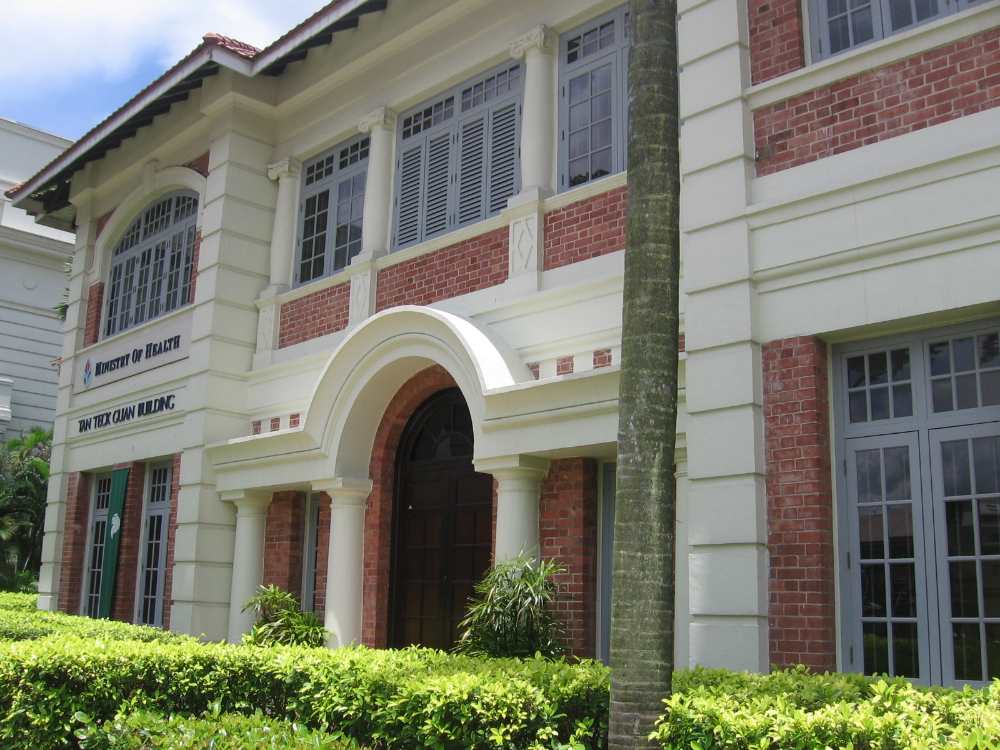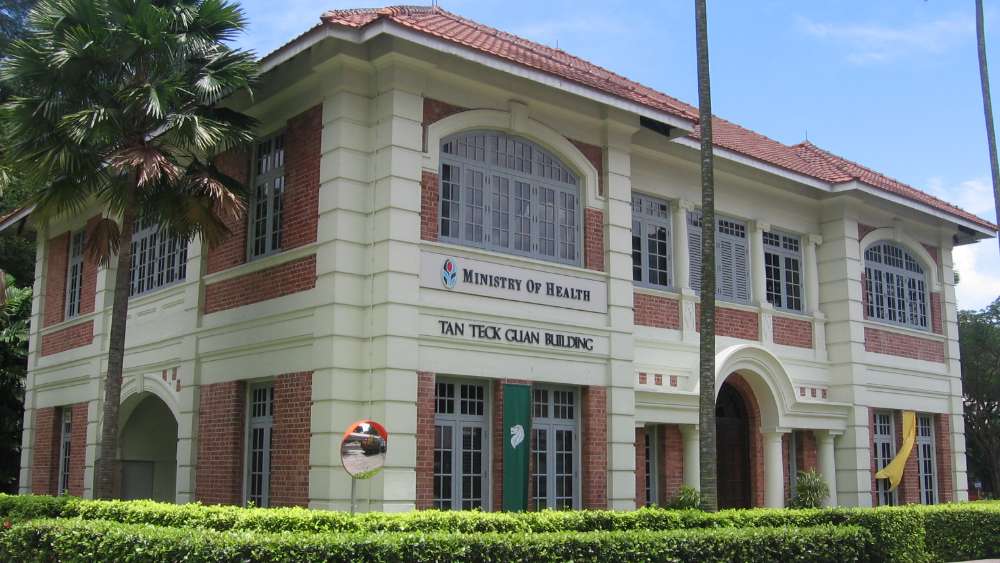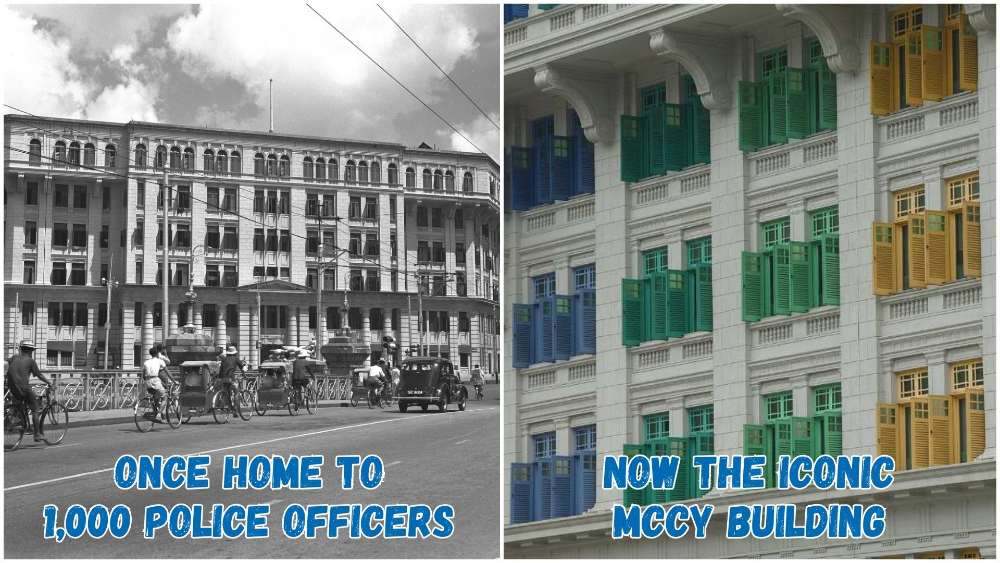This Humble Red-Brick Building Gave Birth To Singapore's Medical Dream
What is a National Monument? Who gazettes them? How many national monuments are there in Singapore? To date, the Preservation of Sites and Monuments, a division of National Heritage Board, has identified and gazetted 75 buildings, structures and sites of national significance as an integral part of Singapore’s built heritage.
And we're here to tell you all about them - one National Monument at a time!
You've probably passed by or stepped into more than a few of them without realising they were National Monuments: Al-Abrar Mosque, Asian Civilisations Museum, the Civilian War Memorial, Saint Andrew's Cathedral, the Esplanade Park Memorials, Fort Siloso on Sentosa - no need to plan an itinerary for friends visiting from overseas; just show them this article ✌️
In this edition, we take a look at a building which was the site of Singapore's first medical school to train local students in Western medicine, Tan Teck Guan Building.
📍 Location
Tan Teck Guan Building was the 46th building to be gazetted as a National Monument, and is located near other National Monuments such as the College of Medicine Building, and Bowyer Block. The MRT station nearest to it is Outram Park.
📅 Significant dates
Dates built:
- 1905: The Straits and Federated Malay States Government Medical School was built
- 23 Jun 1911: Tan Teck Guan Building was officially opened by then Acting Governor of the Straits Settlements, E. L. Brockman
Milestone:
- 1985-1987: Tan Teck Guan Building underwent renovation works, and the Ministry of Health moved in
Date gazetted: 2 Dec 2002
📜 History
Adjacent to the College of Medicine Building stands a smaller, two-storey structure known as the Tan Teck Guan Building. Together, these buildings commemorate the contributions of early pioneers to medical education in Singapore, which significantly advanced the local medical services and fostered the growth of local higher education.
Before the establishment of the Straits and Federated Malay States Government Medical School, most Western-trained doctors in British colonial Singapore were from Britain and India. With a growing local population and an increasing need for more doctors, qualified young men were sent to Madras Medical College in India to train as assistant surgeons.
A first attempt to set up a medical school in Singapore was made in 1889, led by Principal Civil Medical Officer Max Simon. However, this effort was short-lived as almost no candidates passed the preliminary entrance examination; only two students succeeded and were admitted in 1891.
With so few students, establishing a medical school was not feasible, so Madras remained the primary training destination.
In 1904, Tan Jiak Kim, a wealthy Peranakan merchant, led a group of representatives from various non-European communities to petition the Governor of the Straits Settlements, Sir John Anderson, to establish a medical school in Singapore.
Tan Jiak Kim, known for his philanthropy and support for the underprivileged, also contributed to the construction of Saint Joseph’s Institution’s Anderson Building, which opened in 1907.
The new Straits and Federated Malay States Government Medical School was eventually founded in 1905. At first, it occupied the old Female Lunatic Asylum at Sepoy Lines (near the junction of Outram Road and New Bridge Road today).
However, the school's growing enrolment and staff numbers – from 17 full-course students and four hospital assistants in 1905 to 90 full-course students and 30 hospital assistants in 1910 – necessitated more facilities.
Despite the addition of a lecture hall and a chemical laboratory in 1907, the school still lacked a proper library and a room for pathological specimens. Thus, the decision was made to construct a new building to provide the necessary facilities.
Once again, Tan Jiak Kim took on the task of fundraising for the ancillary building. His efforts led him to Malacca, where he met Tan Chay Yan, a successful rubber tycoon and advocate for education. Tan Chay Yan’s generous donation covered the entire construction cost, and he dedicated the building to his late father, Tan Teck Guan (who was also the son of entrepreneur and philanthropist Tan Tock Seng). This donation was commemorated with a memorial plaque in the building.
 IMAGE: WIKIMEDIA COMMONS/@SENGKANG
IMAGE: WIKIMEDIA COMMONS/@SENGKANG
On 23 Jun 1911, Acting Governor Edward L. Brockman officially opened the Tan Teck Guan Building. Diplomas and other prizes were awarded on this significant occasion, symbolising the rapid progress of medical education and practice in Singapore. The new building featured a lecture room, a pathological museum and dissection room, a library, and administrative offices.
Following the completion of the College of Medicine Building in 1926, the Department of Anatomy relocated to Tan Teck Guan Building. During the Japanese Occupation (1942-1945) the laboratory in the building was used by the Japanese to develop biological warfare weapons.
Since 1987, both the College of Medicine Building and the Tan Teck Guan Building have been occupied by the Ministry of Health.
📐 Design and architecture
The two-storey Tan Teck Guan Building showcases a symmetrical Neo-Georgian facade. Its exterior walls feature a contrasting colour scheme, characteristic of this architectural style, presenting an exposed red-brick finish with distinctive white decorative mouldings.
The front façade's centre is adorned with a Venetian door – a large, arched entranceway flanked by two narrow windows and divided by Doric columns. This Palladian feature is also typical of Neo-Georgian architecture.
French windows line the walls, ensuring decent ventilation within the interior, before the installation of air-conditioners. The large, pitched roof directs excess runoff away from the building through overhanging eaves. The building's beautiful woodwork is entirely teak, while the steps are made from granite sourced from Pulau Ubin quarries.
🎟️ Admission
Entry is prohibited to members of the public.
For the latest updates on Wonderwall.sg, be sure to follow us on TikTok, Telegram, Instagram, and Facebook. If you have a story idea for us, email us at [email protected].









